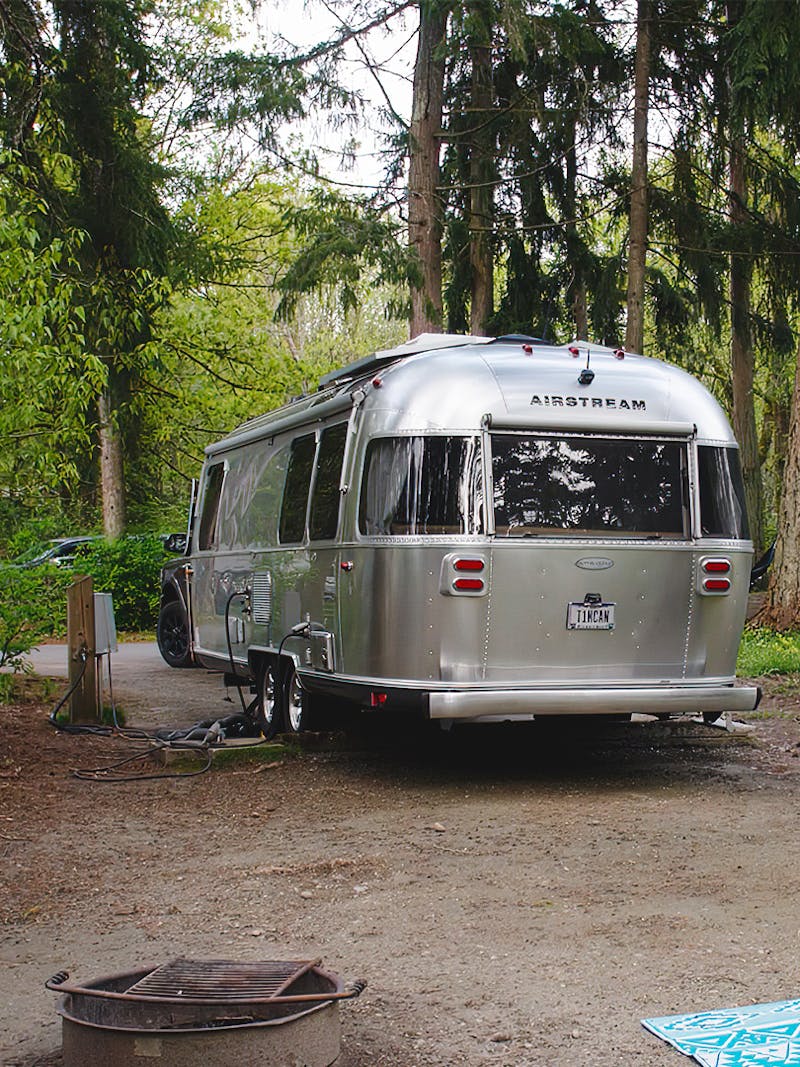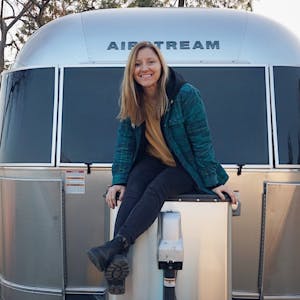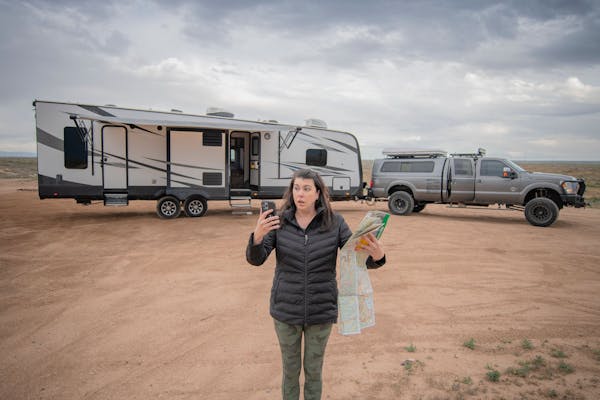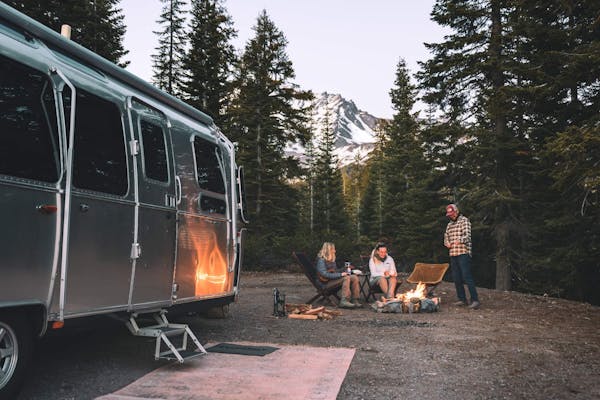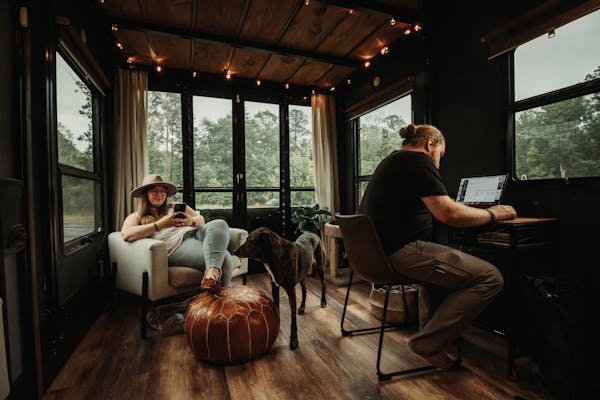Always in search of adventure, Stacey has handcrafted her dream life by taking her home and office on the road. She loves making a morning cup of coffee with a new view, having deep conversations with friends, and leaving her plans open-ended so she can indulge her spontaneity.
Learn
New RVers: How To Start RVing
If you recently purchased a new RV, here are some tips for getting started.
